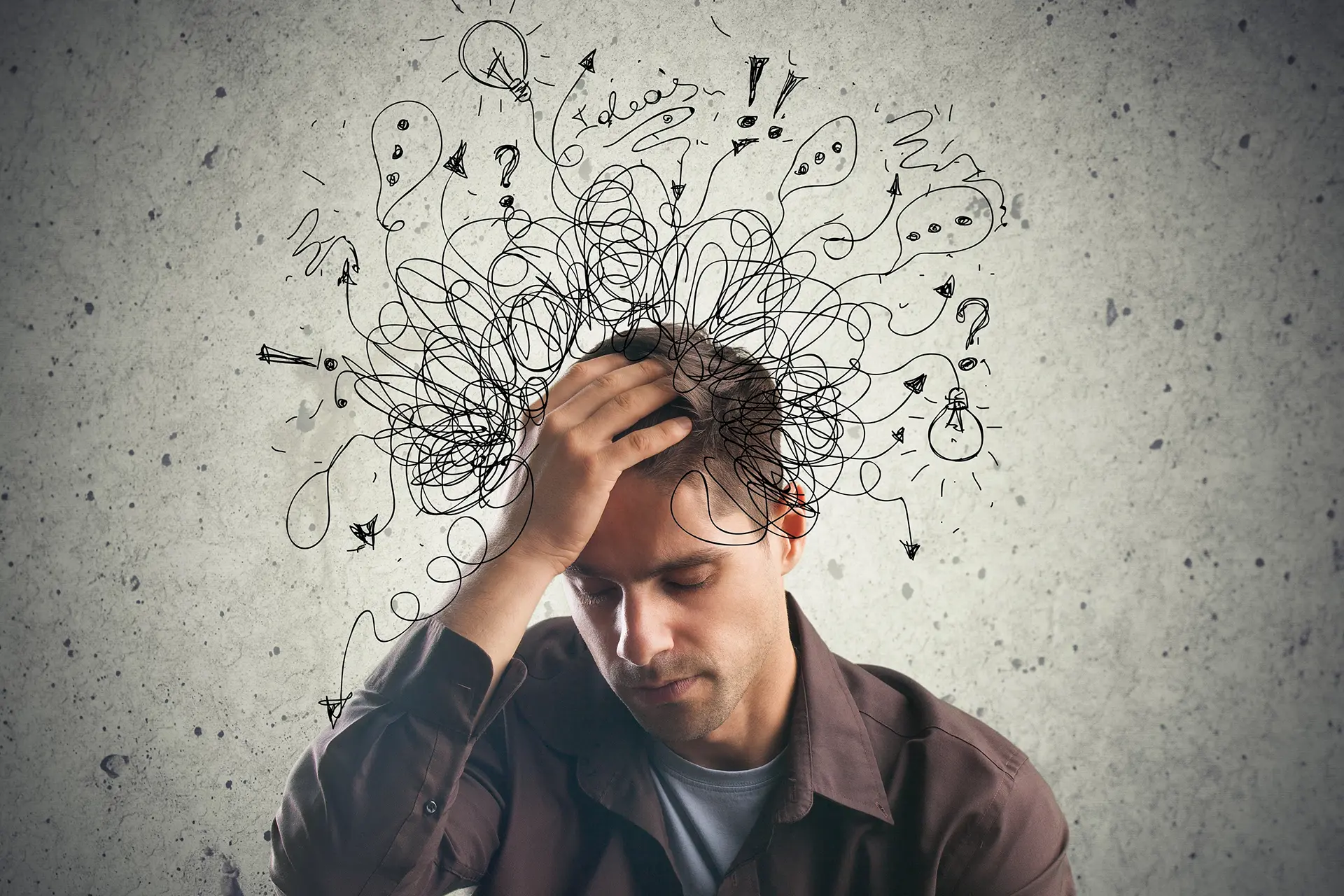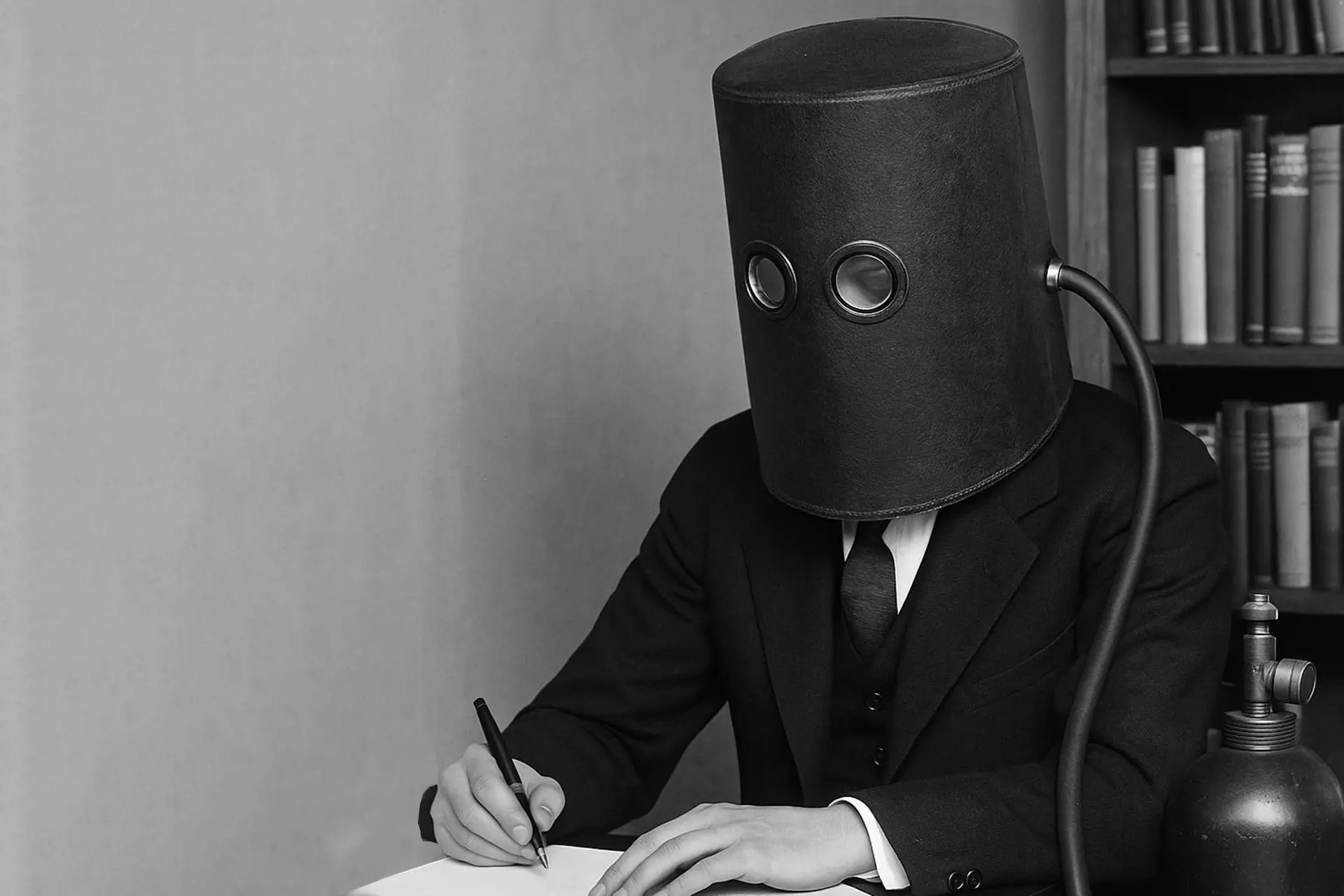For many people, the word ADHD still conjures images of distraction, restlessness, or impulsivity. But what’s often missed is the other side of the story — the extraordinary strengths and talents that can accompany an ADHD brain.
While ADHD certainly presents challenges, it can also fuel creativity, energy, empathy, innovation, and persistence. Many people with ADHD describe their minds as “fast-moving” or “constantly generating ideas”. When channelled well, that mental dynamism can lead to remarkable achievements.
This post explores the positive traits linked with ADHD, the science behind them, and examples of famous and high-achieving people who have used their ADHD traits to change the world.
Seeing ADHD Differently
ADHD (Attention Deficit Hyperactivity Disorder) is a neurodevelopmental condition involving differences in attention, impulsivity, and self-regulation. Traditionally, these differences were viewed as deficits.
But research increasingly supports a strengths-based perspective — recognising that the same traits that cause difficulty in one setting can be powerful assets in another.
A mind that struggles with structure may also excel in crisis, generate creative solutions, and take bold risks that others avoid. The challenge lies not in erasing ADHD traits, but in harnessing them.
The Science of ADHD Strengths
Neuroscience offers insight into why ADHD minds can be so dynamic.
- Dopamine regulation: ADHD involves differences in dopamine, a neurotransmitter linked to motivation, reward, and interest. This means people with ADHD often focus best when they find something genuinely stimulating — leading to bursts of passion, innovation, and “hyperfocus.”
- Divergent thinking: Studies show that individuals with ADHD score highly on tests of divergent thinking — the ability to generate many ideas or solutions to a single problem. This is the foundation of creativity and entrepreneurship.
- Novelty seeking: ADHD brains crave new and interesting experiences. While this can cause distraction, it can also drive curiosity, exploration, and discovery.
- Resilience: Many people with ADHD grow up navigating misunderstanding or self-doubt. Learning to adapt fosters empathy, determination, and courage — qualities that fuel success later in life.
In short, the ADHD brain isn’t disordered — it’s differently wired for stimulation, creativity, and connection.
Key Strengths Often Seen in ADHD
- Creativity and Innovation
People with ADHD frequently excel in creative fields — art, design, writing, music, entrepreneurship, science, and technology. Their minds connect ideas rapidly, seeing patterns others miss.
The ability to “think outside the box” is not just a metaphor; it’s a cognitive reality.
“My ADHD brain is like a high-speed internet browser with 100 tabs open — and somehow, the right one always pops up when I need it.”
— Anonymous client description, used with permission
Famous examples include:
- Will.i.am, musician and producer, credits ADHD for his creative energy and constant idea generation.
- Simone Biles, Olympic gymnast, has spoken openly about her ADHD and how medication helps her focus during training.
- Justin Timberlake and Solange Knowles have both discussed how ADHD influences their artistic process and attention to rhythm and detail.
Creativity thrives when curiosity is celebrated rather than suppressed.
- Hyperfocus and Flow
Although ADHD is associated with distractibility, many people experience hyperfocus — intense concentration on an activity they find interesting or meaningful.
During hyperfocus, individuals can lose track of time and immerse themselves completely in a task. This ability can lead to extraordinary productivity and depth of mastery when aligned with purpose.
- Michael Phelps, the most decorated Olympian in history, has ADHD and has described swimming as the place where he could channel his intense focus.
- Richard Branson, founder of the Virgin Group, attributes much of his entrepreneurial success to his ability to lock in on big ideas and act decisively.
Hyperfocus isn’t always predictable, but when directed towards passion and purpose, it’s a superpower.
- Energy, Drive, and Enthusiasm
ADHD often brings high energy levels, enthusiasm, and the capacity to “think on one’s feet.” While restlessness can be challenging in structured settings, in the right environment it translates into vitality, leadership, and action.
Many people with ADHD describe themselves as “all-or-nothing” — when they care, they really care. That intensity can inspire others and propel teams forward.
- Will Smith has discussed his ADHD-related impulsivity and how it feeds his drive for creative and physical expression.
- Emma Watson has reportedly spoken about managing ADHD from childhood while balancing acting and activism, demonstrating persistence and focus under pressure.
- Courage and Resilience
Living with ADHD often means facing misunderstanding, inconsistency, or criticism. Over time, this builds resilience — the ability to recover, adapt, and keep going.
Adults with ADHD frequently show high emotional intelligence, compassion, and empathy for others who struggle.
- Jamie Oliver, celebrity chef, has shared that ADHD made school difficult but also gave him creativity, energy, and a drive to innovate in cooking and education.
- Michelle Rodriguez, actor and advocate, has spoken about embracing her ADHD as part of her identity, saying it pushes her to challenge expectations.
- Curiosity and Risk-Taking
ADHD brains crave novelty and stimulation — the spark of something new. While this can sometimes lead to impulsivity, it also underpins exploration, adventure, and innovation.
Entrepreneurs, scientists, and artists often share these traits: the willingness to experiment, fail, and try again. The world’s progress depends on people who ask, “What if?”
- Ingvar Kamprad, founder of IKEA, reportedly had ADHD and dyslexia; he turned his unconventional problem-solving into a global design revolution.
- Thomas Edison, often retrospectively considered to have ADHD traits, famously said:
“I have not failed. I’ve just found 10,000 ways that won’t work.”
That persistence, curiosity, and resilience are hallmarks of the ADHD mind at its best.
When Strengths Become Challenges
The very traits that bring brilliance can also bring difficulty — a reminder that ADHD is not “all good” or “all bad.”
- Creativity can become disorganisation when unstructured.
- Energy can turn to restlessness or burnout.
- Risk-taking can lead to impulsive decisions.
- Hyperfocus can cause neglect of other priorities.
The goal is not to suppress these qualities but to balance them with support and strategy. When ADHD is understood and managed, strengths can shine without overwhelming the individual.
Harnessing ADHD Strengths: Practical Guidance
- Find Environments That Fit Your Brain
ADHD traits flourish in stimulating, flexible settings. Seek roles or hobbies that value creativity, movement, and change rather than rigid routine. - Structure Your Freedom
External systems — planners, reminders, accountability — create boundaries that allow creativity to thrive without chaos. - Leverage Hyperfocus Intentionally
Identify when and where you focus best, and schedule meaningful tasks during those windows. - Celebrate Curiosity
Channel novelty-seeking into healthy exploration — new projects, learning, or physical activity. - Seek Support, Not Suppression
Therapy, coaching, or medication can help manage emotional regulation and executive function, allowing strengths to take centre stage. - Reframe Self-Talk
Replace “I’m too much” or “I can’t focus” with “I think differently — and that’s valuable.” Self-compassion enhances motivation and confidence.
Changing the Narrative
For too long, ADHD has been defined by what it lacks. But history shows that neurodiversity drives human progress. The same minds once criticised for impulsivity and distraction are often those that innovate, lead, and create.
When we move from “What’s wrong?” to “What’s possible?”, everything changes.
ADHD is not a moral failing or a lack of discipline — it’s a difference in how the brain processes information and emotion. Recognising this opens the door to empowerment, creativity, and connection.
Final Thoughts
ADHD is not just a list of symptoms — it’s a spectrum of human experience. The very traits that make life complicated can also make it extraordinary.
From athletes to entrepreneurs, scientists to artists, many of the people who have shaped our world share the same neurodiverse wiring. They prove that success doesn’t require fitting in — it comes from embracing what makes you different.
With understanding, strategy, and support, ADHD can become not a limitation but a source of incredible strength.
Ready to Take the Next Step?
If you’re beginning to see ADHD in a new light — not as a flaw but as a different kind of potential — you’re already on the path to self-understanding.
As a Clinical Psychologist specialising in ADHD assessment and treatment, I help adults uncover both the challenges and the strengths of their neurodiverse minds.
You can get in touch to arrange a confidential consultation and learn how to harness your ADHD traits for creativity, confidence, and fulfilment.
References
- National Institute for Health and Care Excellence (NICE). (2018). Attention deficit hyperactivity disorder: diagnosis and management (NICE guideline NG87).
- White, H. A., & Shah, P. (2016). Scope of creativity in ADHD: The role of attention and flexibility. Personality and Individual Differences, 92, 19–24.
- Boot, N. et al. (2017). Creative thinking in adults with ADHD: divergent thinking and real-world achievement. Journal of Attention Disorders, 21(9), 782–792.
- Cortese, S. (2020). ADHD in Adults: Clinical Presentation and Treatment Considerations. BMJ, 370:m2612.
- Barkley, R. A. (2015). Attention-Deficit Hyperactivity Disorder: A Handbook for Diagnosis and Treatment. Guilford Press.
- ADHD Foundation UK. (2024). Neurodiversity and Strengths. adhdfoundation.org.uk



